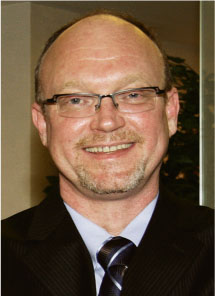 In any contest to pick the state with the most unique and challenging insurance landscape, Florida would almost certainly prevail. From hurricanes to sinkholes, Citizens Property to PIP reform, the Sunshine State is a headline-generating machine.
In any contest to pick the state with the most unique and challenging insurance landscape, Florida would almost certainly prevail. From hurricanes to sinkholes, Citizens Property to PIP reform, the Sunshine State is a headline-generating machine.
And no one has better insight into—or oversight of—the state's insurance market than Kevin McCarty, commissioner of the Florida Office of Insurance Regulation, a post he has held now for more than a decade.
PC360-NU Editor-in-Chief Bryant Rousseau recently sat down with McCarty in his Tallahassee office to discuss recent initiatives in the state—and to find out what the Immediate Past President of the National Association of Insurance Commissioners (NAIC) thinks is the appropriate role of the federal government in insurance regulation.
Recommended For You
Want to continue reading?
Become a Free PropertyCasualty360 Digital Reader
Your access to unlimited PropertyCasualty360 content isn’t changing.
Once you are an ALM digital member, you’ll receive:
- Breaking insurance news and analysis, on-site and via our newsletters and custom alerts
- Weekly Insurance Speak podcast featuring exclusive interviews with industry leaders
- Educational webcasts, white papers, and ebooks from industry thought leaders
- Critical converage of the employee benefits and financial advisory markets on our other ALM sites, BenefitsPRO and ThinkAdvisor
Already have an account? Sign In Now
© 2025 ALM Global, LLC, All Rights Reserved. Request academic re-use from www.copyright.com. All other uses, submit a request to [email protected]. For more information visit Asset & Logo Licensing.








